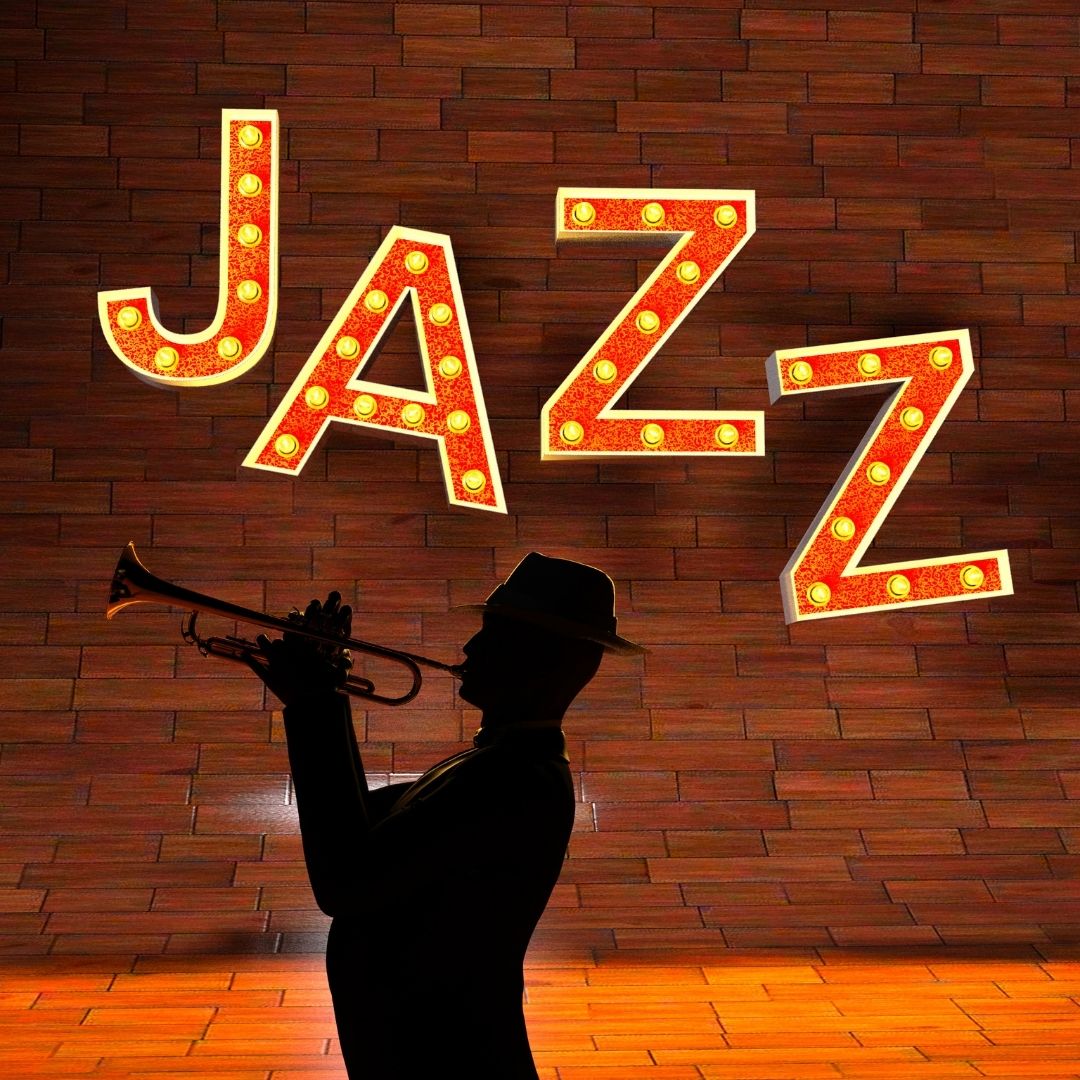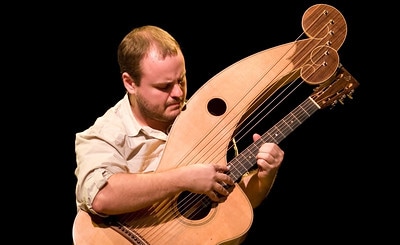
Best Acoustic Treatment for Home Studios: Top 5 Picks
November 18, 2021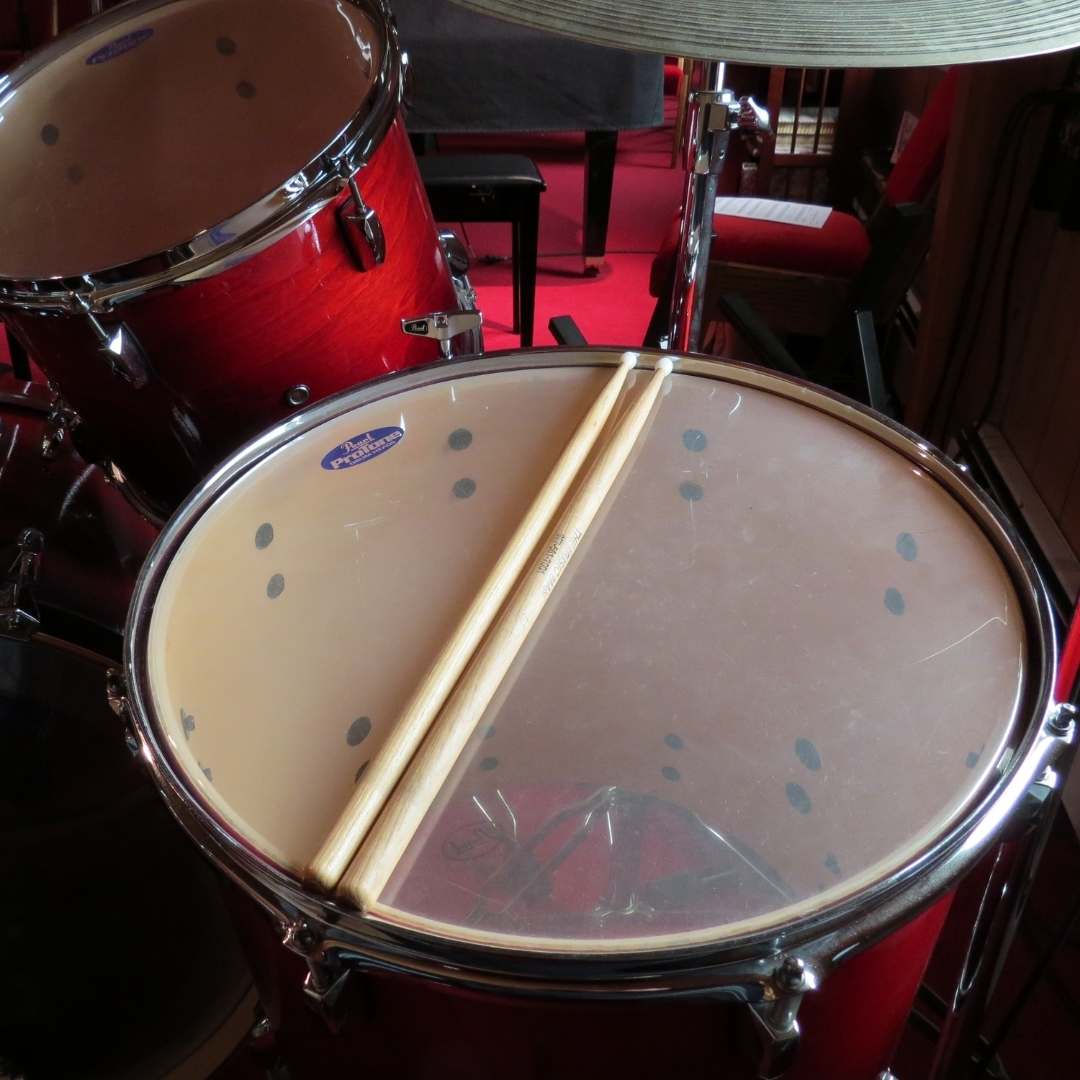
How to Learn to Play Drums: A Complete Guide
November 20, 2021
There’s no doubt that Jazz stands out amongst other musical genres.
I think most people can agree that listening to jazz is a mind-stimulating experience. So stimulating that Jazz musicians “switch off” the self-sensory part of their brains and “switch on” the creative part during improvisation.
How To Learn Jazz
If you want to know how to learn Jazz, here are six steps to follow!
Step One: Start Listening to Jazz
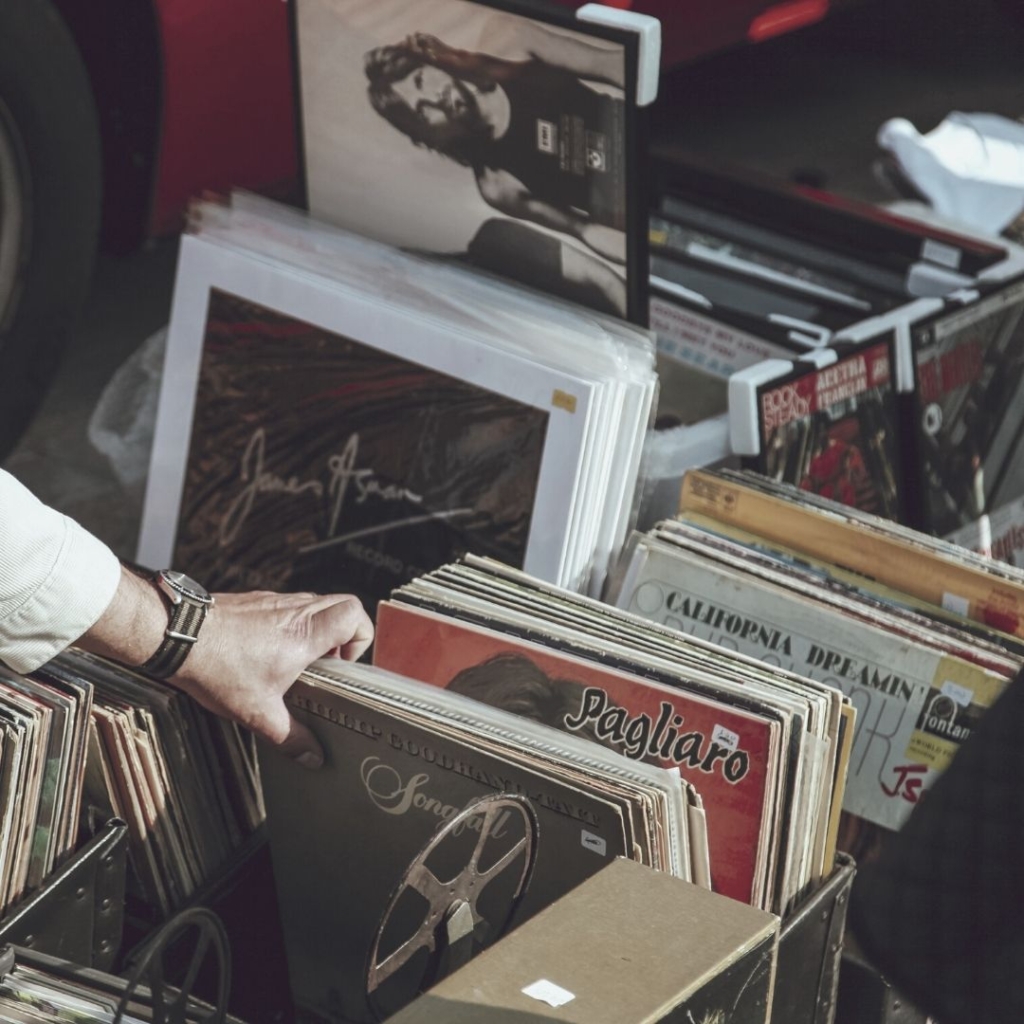
It goes without saying that if you’re interested in learning how to play Jazz, you probably already listen to it. And that’s exactly what you should be doing if you’re just starting out.
Start by looking at the whole form of jazz history to really understand how this music genre works. You can kick off with traditional soul artists like Miles Davis and his timeless album “Kind of Blue.”
There’s also John Coltrane, Charlie Parker, Ella Fitzgerald, Louis Armstrong, and the list of greats goes on.
Although it’s crucial to take a stroll down jazz history, you don’t have to listen to specific artists or albums. The whole idea behind jazz is to listen to tunes that speak to your mind, body, and soul.
The bottom line, listen to things you like, things that inspire you and make you happy. You can combine early jazz, modern jazz, and many other types of jazz and add them all to your playlist.
Step Two: Get to Know Your Instrument
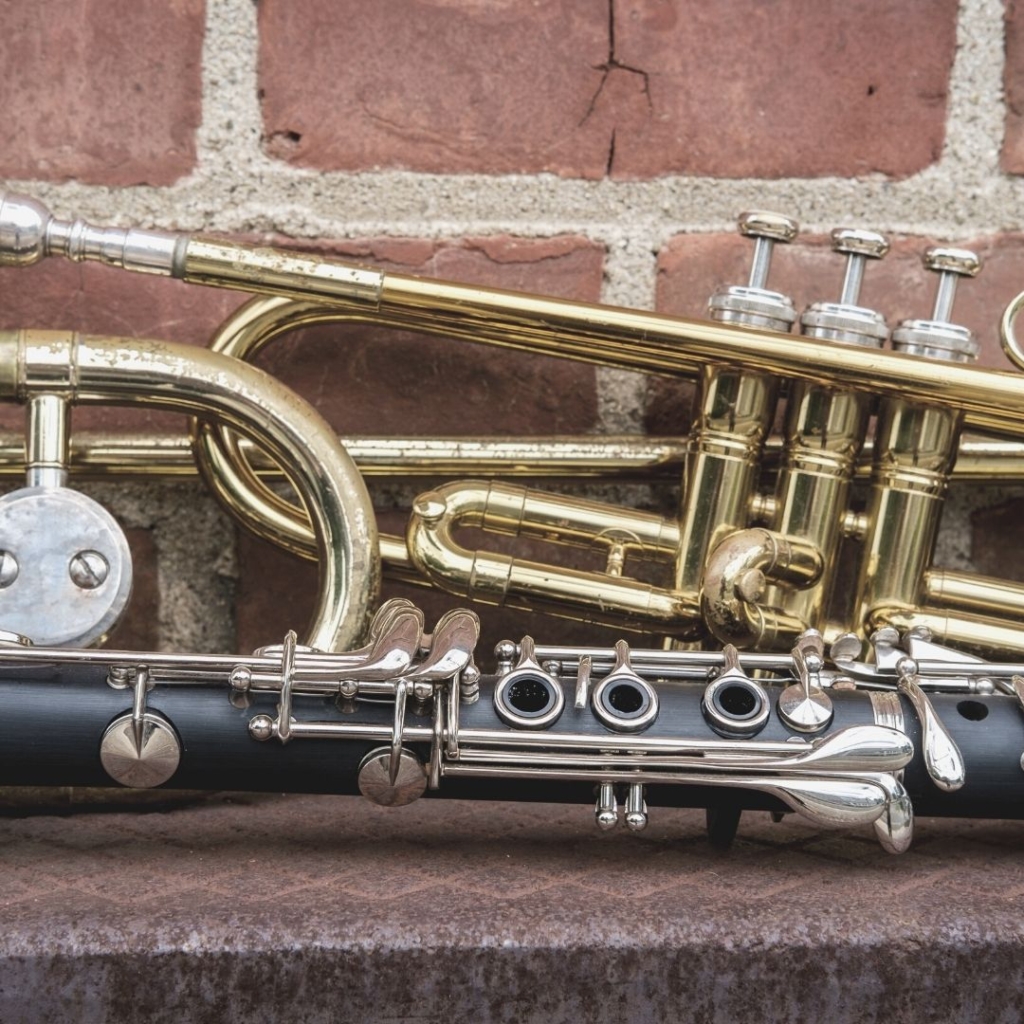
Whether you’re playing the trumpet, piano, saxophone, or trombone, the key is to get familiar with it. Make sure you know the basics of how to use and play your instrument.
Jazz instrumental is considered somewhat intermediate/complex. Therefore, if you don’t know the fundamentals of your instrument and how to get comfortable with it, I wouldn’t suggest jumping into jazz just yet.
There are many ways you can practice and understand your instrument better. Here are a few suggestions:
Start With Songs You Like
Just have fun. Learn some easy songs by artists that you love. By learning melodies you enjoy, you’ll immediately develop such a strong love for your instrument. This can really fuel your motivation for learning Jazz!
Practice With Other People
Play in bands, orchestras, or ensembles. It doesn’t have to be anything fancy or impressive, but it’s just really important to learn early on how to play music with others.
Learn Basic Music Theory and Notation
You can find plenty of books online with just a couple of quick searches. At this stage in your journey, the most important part of music theory to know is the basic scales like the major scale, the minor scale, and the pentatonic scale.
You can also learn more things like key signatures, time signatures, diatonic chords, chord functions, and basic rhythms.
Step Three: Develop a Technique
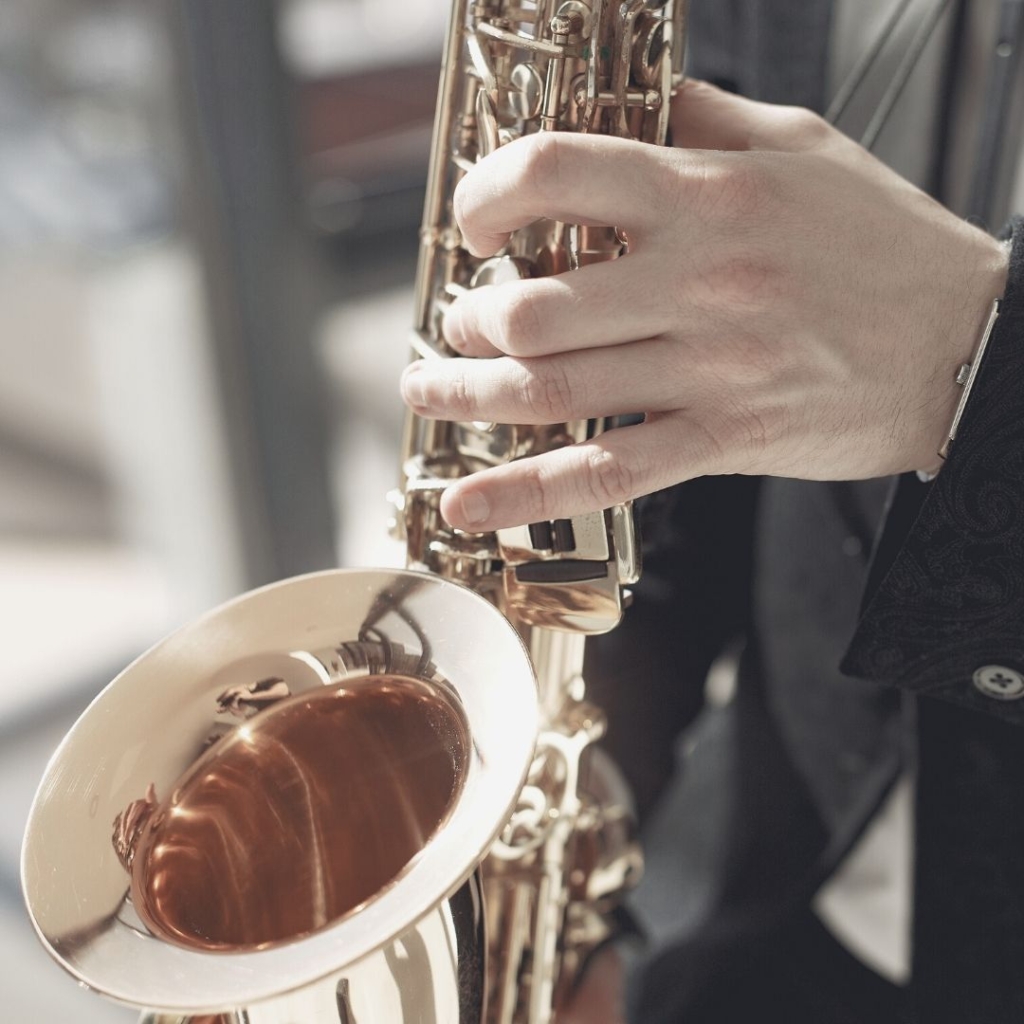
You’ve now learned some of your favourite songs, jammed with other musicians, and have a basic understanding of music theory and reading. The next step is to develop an efficient and smooth technique that will allow you to play pretty much anything you want!
The secret to having a good technique is to keep your movements as compact and efficient as possible. This allows you to play as fast or as slow as you want for long periods of time without getting burned out.
A great example of that is Oscar Peterson’s incredible piano solo in the song Sweet Georgia Brown, which was performed live at the Montreux Jazz Festival.
I’d recommend practicing technical exercises on a daily basis. Whenever you feel like you’re getting the hang of it, slightly speed up your movements. Continue doing this until you can basically play these notes in your sleep.
After that, you can try doing faster, more advanced exercises.
Step Four: Start Learning Jazz Standards

Many people think that jazz musicians just make up tunes as they perform. This is because jazz features a ton of improvising. However, because you can’t just improvise as you go along, most people agree on a few things ahead of time. This is called Jazz standards.
Essentially, jazz standards are a collection of several hundred songs that jazz musicians aim to learn. Many of these tunes are inspired by early American pop music, such as the songs I Hear a Rhapsody, All of Me, and Somewhere Out There.
They’re also inspired by Broadway musicals, such as the song All the Things You Are from the musical Very Warm for May. Many Jazz musicians such as Charles Parker, performed this song in Jazz style.
In the 1940s, 1950s, and 1960s, other jazz musicians such as Miles Davis and Ella Fitzgerald performed many other pop songs in jazz style, making them Jazz standards.
There are also compositions by those early jazz musicians that have become standards over time, the most famous one being Caravan by Juan Tizol. It’s been used over 500 times!
Now that you know what Jazz standards are, you can start learning some!
Step Five: Learn Jazz Vocabulary
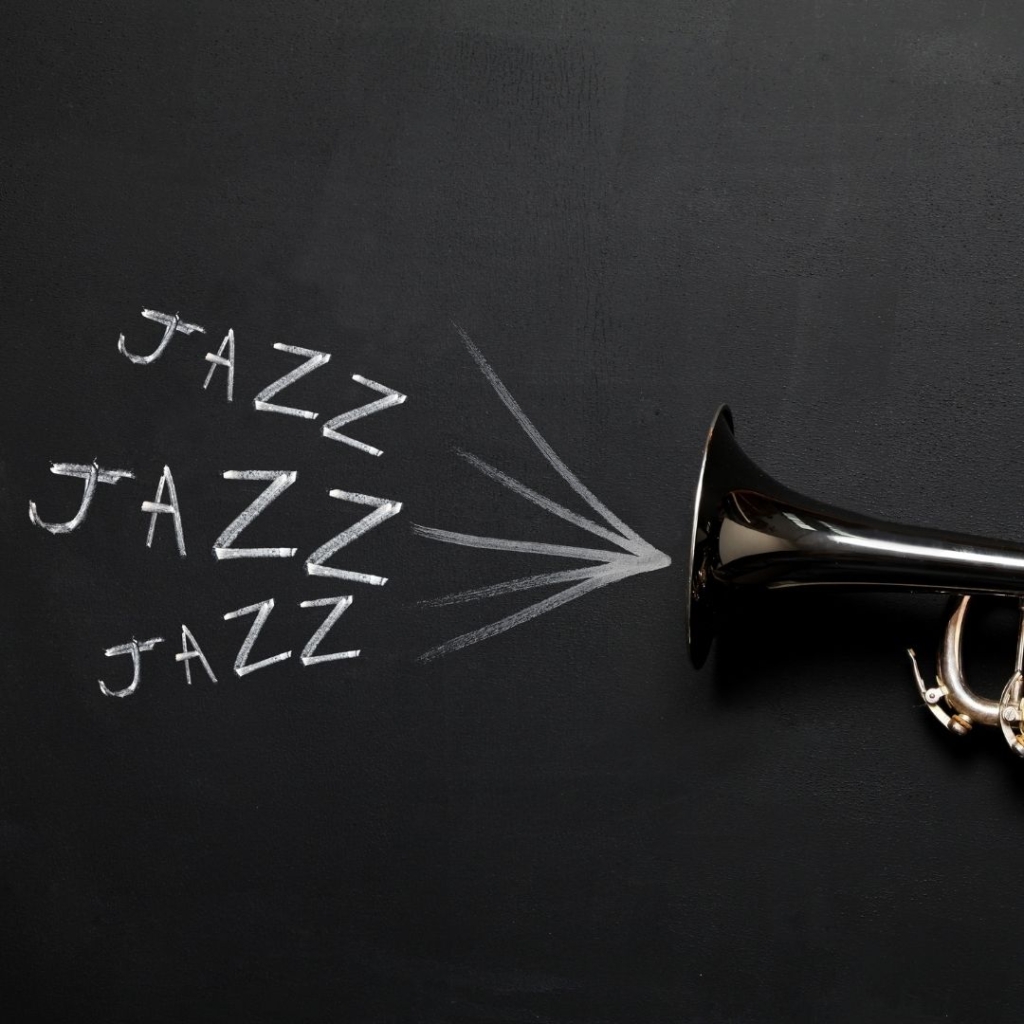
Music is like a language, and every now and then we hear phrases that stick with us. In jazz, musicians communicate through their instruments. They call each other, respond to each other’s phrases, and repeat each other’s licks.
Say you’re listening to a Jazz song and notice a certain line or phrase that repeats itself like a pattern. This is referred to as a lick. It’s essentially a series of notes used by jazz musicians in solos. They pick it up from each other using their different instruments and sometimes modify it.
So in simpler words, if music is a language, then licks are phrases!
Licks usually make a performance sound more authentic and raw, rather than like a monotonous show.
You can also find and incorporate licks into your practice, which add a lot of soulfulness to your playing. And that’s what Jazz is all about!
Here’s a good example of a very popular lick!
Step Six: Find a Mentor
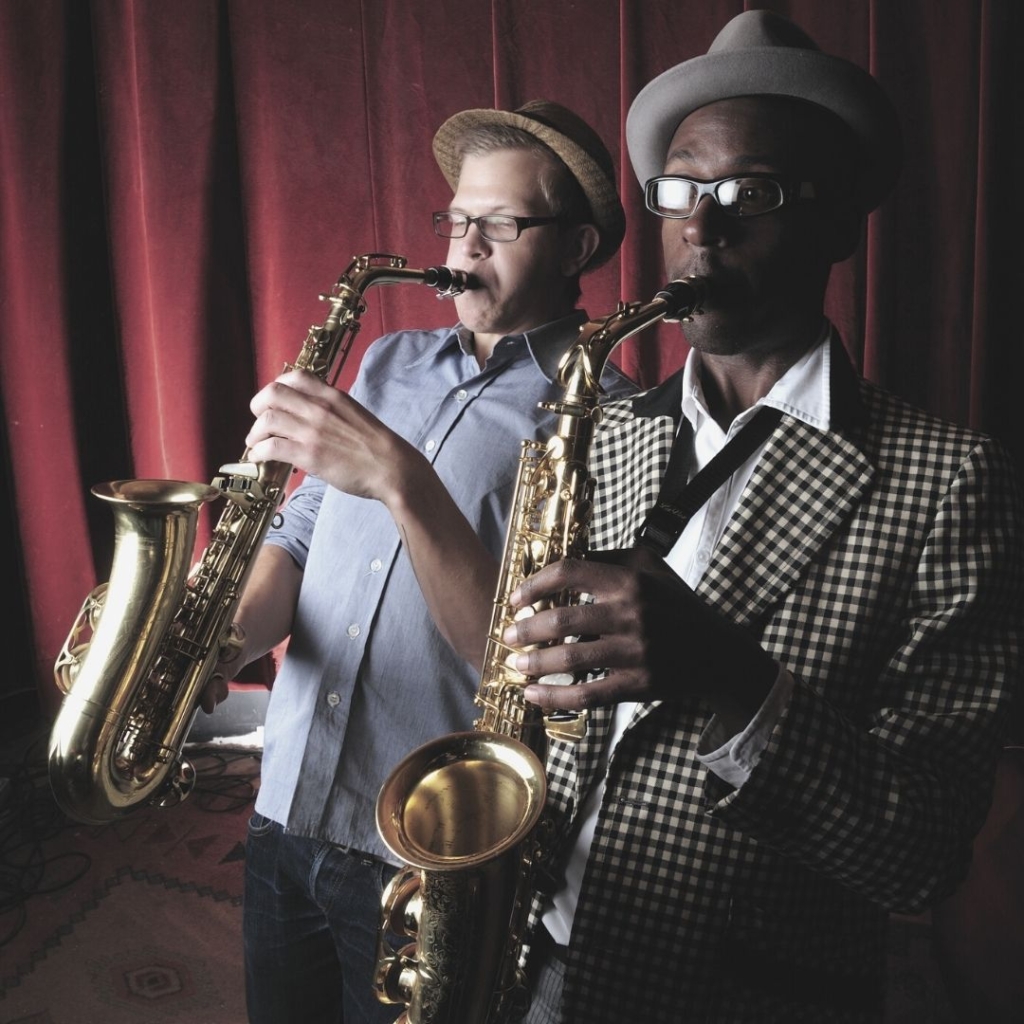
As an amateur musician, it’s easy to get lost. You try this and that, you get distracted, and sometimes you succeed. However, you’re not really clear about what you should do or how you should be doing it. This is why having a mentor is highly needed.
A mentor will educate you as a Jazz student, empower you as a musician, and help you enhance your skills.
Wrapping Up
Jazz can seem like this free-spirited, spontaneous, and other-worldly art form that breaks all the rules you’ve learned about music so far. Learning Jazz requires time, energy, and patience.
I’ve put together six steps to tell you everything you need to know about how to learn Jazz! Feel free to check out some of our resource whether you are looking to buy a responsible keyboards for practice or wondering how long does it take to learn to play the piano, no worries, we’ve got you all covered!
Good luck!

